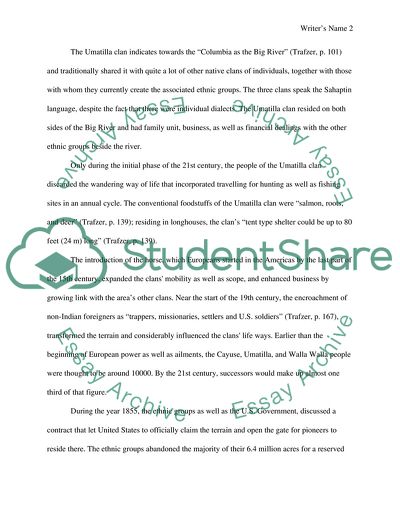Cite this document
(Umatilla Religion Essay Example | Topics and Well Written Essays - 1750 words, n.d.)
Umatilla Religion Essay Example | Topics and Well Written Essays - 1750 words. https://studentshare.org/archaeology/1775093-research-on-utamilla-religion-focus-of-washat
Umatilla Religion Essay Example | Topics and Well Written Essays - 1750 words. https://studentshare.org/archaeology/1775093-research-on-utamilla-religion-focus-of-washat
(Umatilla Religion Essay Example | Topics and Well Written Essays - 1750 Words)
Umatilla Religion Essay Example | Topics and Well Written Essays - 1750 Words. https://studentshare.org/archaeology/1775093-research-on-utamilla-religion-focus-of-washat.
Umatilla Religion Essay Example | Topics and Well Written Essays - 1750 Words. https://studentshare.org/archaeology/1775093-research-on-utamilla-religion-focus-of-washat.
“Umatilla Religion Essay Example | Topics and Well Written Essays - 1750 Words”. https://studentshare.org/archaeology/1775093-research-on-utamilla-religion-focus-of-washat.


